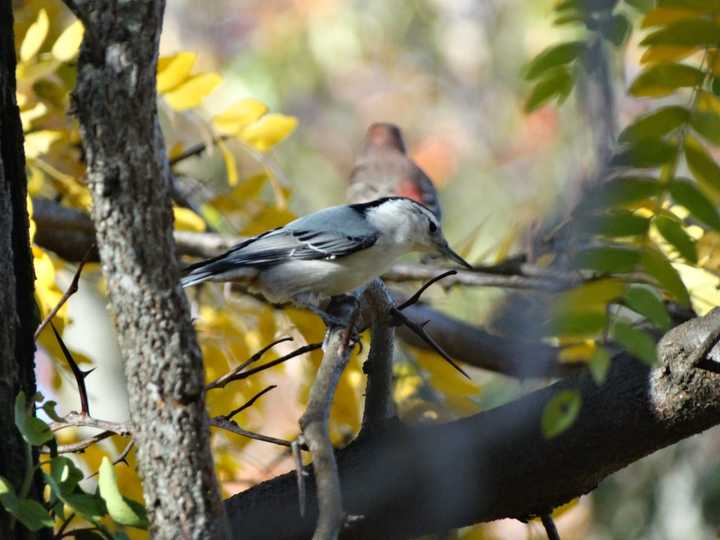Each year, between Wednesday, Dec. 14 and Thursday, Jan. 5, the National Audubon Society holds its Christmas Bird Count, an event that encourages birders across the globe to observe and tally the number of species in their local area.
Though Audubon Society Officer Frank Chapman began the count in 1900 as a conservation-minded replacement for a popular Christmastime hunting challenge, it has morphed into an incredibly valuable opportunity to gather important scientific data. Hundreds of papers, on topics as variable as migration and population changes, have been published using data collected by ordinary citizens.
And while there is certainly a scientific bent to the entire count, it's also just plain fun to challenge yourself to see the most number of birds in a count period. Though you’re unlikely to see as many species as the counters in Yanayacu, Ecuador did last year (509!), tristate birders regularly exhibit impressive lists.
Most people participate in the Christmas Bird Count by joining a particular “count circle.” From Westport to Rockland to Ramsey, count organizers have delineated circular plots in which specific counts are to be conducted.
Each of these circles has a given “count day,” on which the official bird count occurs, but sightings are also accepted throughout the entire “count week” period on either side of the actual day.
A detailed explanation of the logistics can be easily found on the National Audubon Society’s website, along with an interactive map of the count circles. You can also learn how to contact local count organizers, or even set up a count circle if there isn’t one in your area.
Because this event is valuable to the scientific community and adds a bit of friendly competitiveness to birding, I encourage you to pick up your binoculars and give the Christmas Bird Count a try.
Click here to follow Daily Voice Fairfield and receive free news updates.
